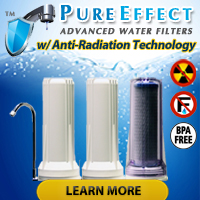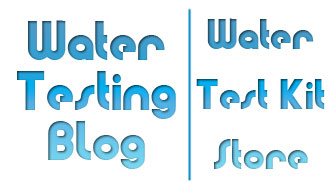Lots of Americans Pee in the Pool… a Cold (Warm) Fact!
posted by Water Testing Blog on Friday, June 1st 2012 under: Chlorine, Chlorine Testing, Free Chlorine, pH, Pool Water Tags: don't pee in the pool, peeing in the pool, pool check, pool testing, Pool Water, pool water testing, pool water testing blog, test strips



